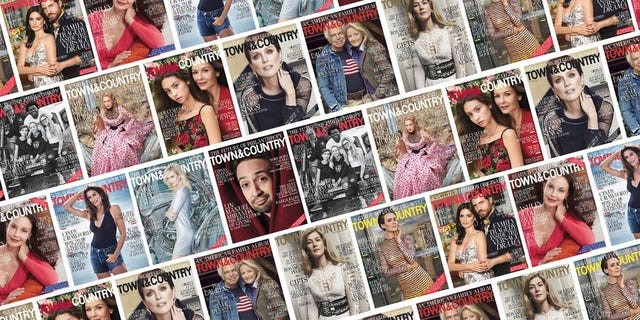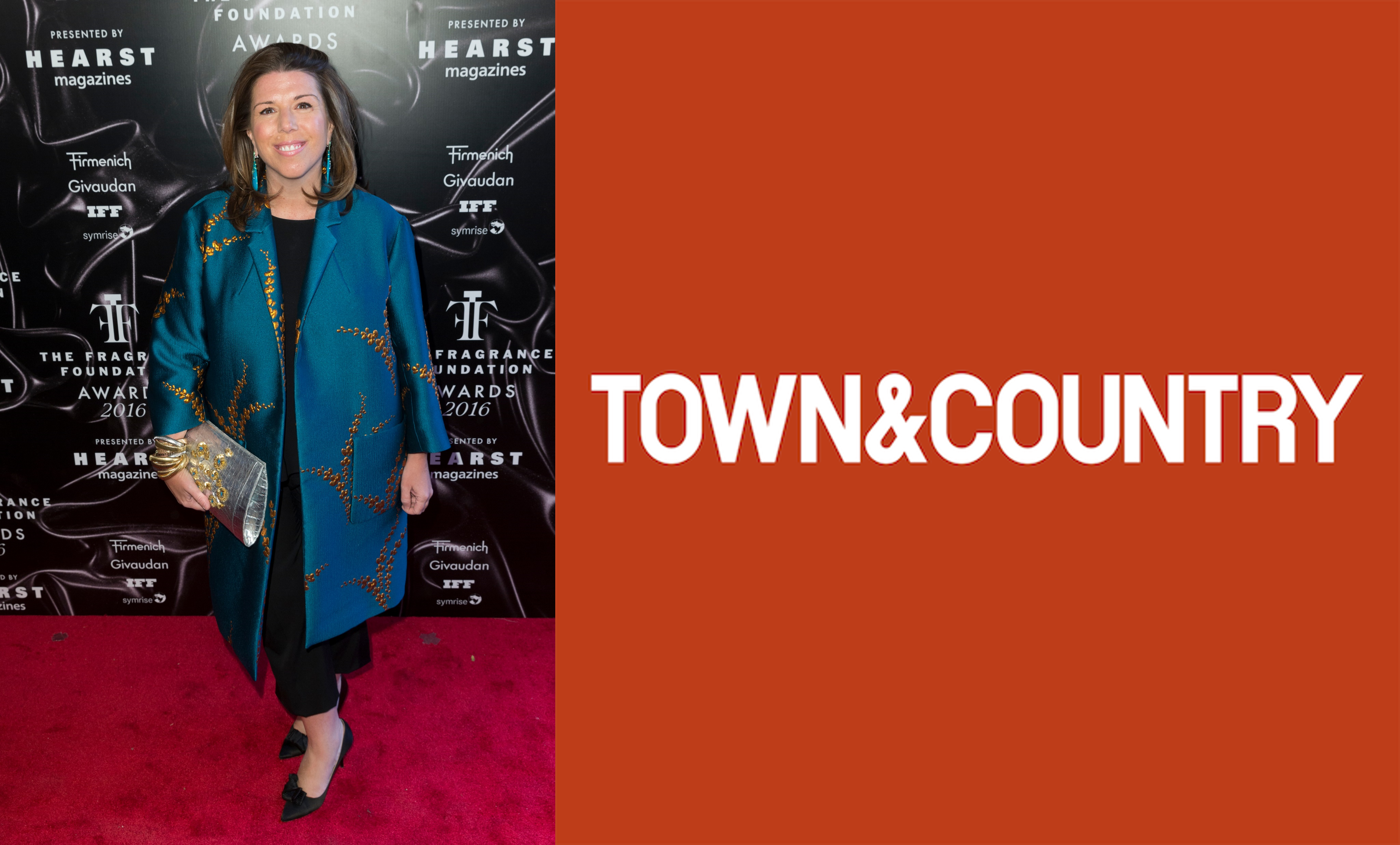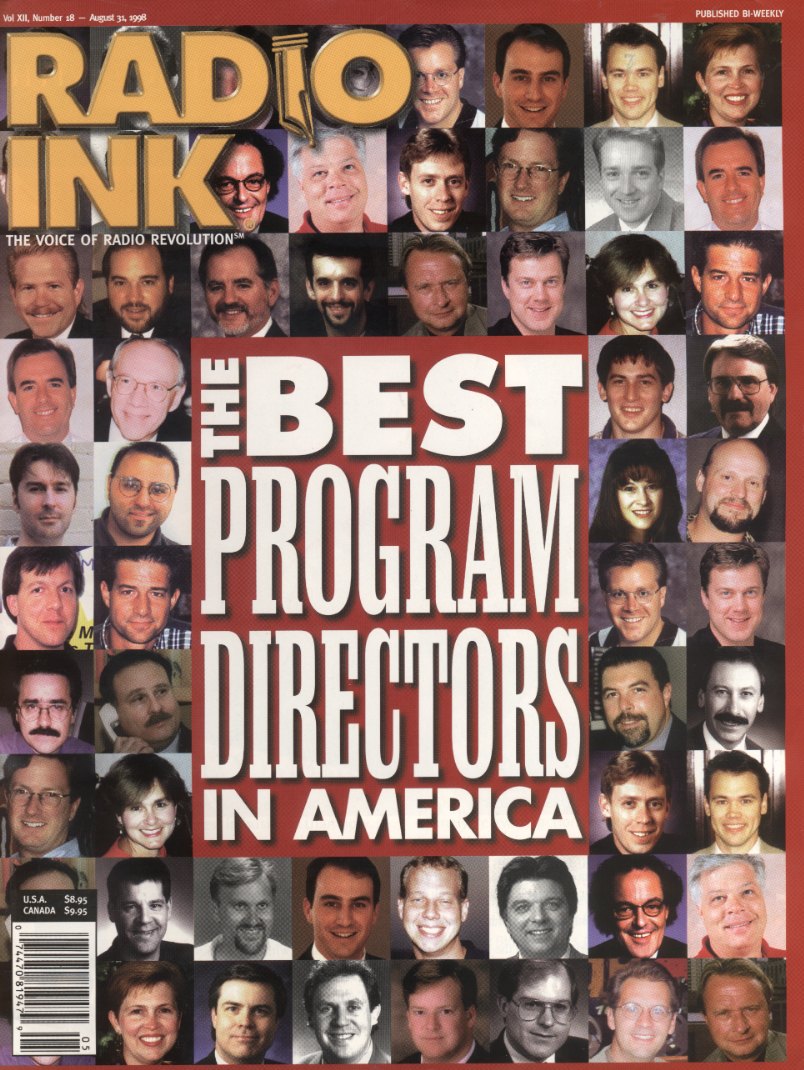
Another week and another round of high-profile layoffs, many of which occurred in radio’s major markets. Before I go any further into this post, for those of you who just lost your job, you have my sympathy, especially radio pros who worked in the same markets/same clusters for many years.
Change is hard, especially when it comes to life-altering decisions out of our control. On the one hand in today’s radio industry, another round of RIFs can’t be a complete surprise. But when the moment actually comes down, it is never easy to process or navigate.
I have some insight here in that I usually end up speaking to a number of these dearly departed radio people who reach out to me for inspiration, salvation, or the hope I may know of an open gig that fits their skills.
Typically at these junctures, I’ll ask those who recently find themselves “on the beach” exactly what type of job they’re looking for. And while some can nail it down to the details – position, market(s), salary range, etc. – many others feel “at sea” at this unsettling interruption of their career path.
I’m hearing with more frequency an urge to get out of radio, and perhaps move into a different sector of the entertainment or information landscape – streaming music, satellite radio, podcasting, game development, etc. While the grass, in reality, is often not greener in these other media ecosystems, it is understandable that jaded ex-radio folks feel the urge to apply their experience and tool kit in a different corner of the media world.
But there’s one destination no one ever mentions – ever.
The magazine industry.
Part of the reason, of course, is that the highly fractured print landscape has been on death’s door – for years. A newspaper is one thing, but at least most of them are eternally tied to a geography where large segments of humanity lives and works. While there are short lines outside the HR director’s door when a newspaper job opens up, magazine gigs are often far less desirable.
And then there’s the analog aspect of the magazine business, a medium still rooted in layouts, printing, binding, and newsstand sales. It doesn’t get more old school than this.
While many magazines have gone belly up over the past few decades, there are still scads of survivors, fighting for shelf display space in pharmacies all over the country. And while poking around my neighborhood CVS to look for one particular magazine (that’s your tease to keep reading), I was surprised to learn there’s a relatively small area where these print remnants of a bygone area can be perused while waiting for a prescription to be filled. That once prime space for magazines has been taken over by probiotics, disposable diapers, or some other items, while those glossy magazines have been exiled to the furthest reaches of the store.
my neighborhood CVS to look for one particular magazine (that’s your tease to keep reading), I was surprised to learn there’s a relatively small area where these print remnants of a bygone area can be perused while waiting for a prescription to be filled. That once prime space for magazines has been taken over by probiotics, disposable diapers, or some other items, while those glossy magazines have been exiled to the furthest reaches of the store.
Imagine being the editor of a magazine that may, in fact, have a niche and even great brand legacy, but is still duking it out with all the other also-rans in this diminishing media category. The job has similarities to that of a TV show/series showrunner or a radio station program director (OK, or brand manager).
And that brings us to Town & Country and its editor-in-chief, Stellene Volandes.
The magazine is owned by one of the most traditional print companies, Hearst. And truth be told, this is not a magazine that targets me. But like most of these publications, Town & Country is a well-defined magazine that closely goes after its core lifestyle category:
“(Town & Country is) the trusted source of inside information on access and influence, taste, elegant living, and unpretentious fun – an irreplaceable guide to the very best the world has to offer.”
 That’s a well-crafted state of purpose for a magazine with still lofty cultural aspirations. But getting it down on paper is one thing; executing it flawlessly and figuring out a way to make it profitable are the challenges.
That’s a well-crafted state of purpose for a magazine with still lofty cultural aspirations. But getting it down on paper is one thing; executing it flawlessly and figuring out a way to make it profitable are the challenges.
I wrote a post about The Atlantic last month, a magazine that’s been around 167 years. But Town & Country has been in business 11 years longer.
As a New York Times article last week confirmed, Volandes is running the magazine with the same mission and values its founders probably envisioned. As she explained, “Those things continue to guide us in every single thing we do. Creating conversations when you are 178 years old is a fantastic thing.”
And Fern Mallis who launched New York Fashion Week adds, Town & Country is right on track:
“I think Stellene has taken a traditional Town & Country attitude and made it young and contemporary, but hasn’t abandoned the blue bloods and royals.”
That level of brand finesse requires a visionary at the top. And if you went to “central casting” to search for the perfect leader for Town & Country, they’d send you Stellene Volandes.
That dance – holding onto the legacy audience while attracting new fans – isn’t that something most radio stations are trying to do these days whether they fall into the commercial, public, or Christian category?
And you’d want an editor-in-chief – or program director — who has the chops and the energy to represent the product, whether it’s Town & Country — or a radio station.
Hearst’s chief executive, Steven R. Swartz, sums up Volandes’ leadership:
“Stellene is out there – she lives the brand. She is out supporting the cultural institutions, she is in the restaurants, she is traveling to the types of places that Town & Country readers want to go or want to learn more about.”
The qualities Volandes exudes are the same as radio ought to be valuing in its heads of programming – people who don’t just love the music or enjoy going to sporting events, but tastemakers who live the lifestyle.
live the lifestyle.
Oftentimes, I’ll hear from PD candidates who try to convince me they “can program anything.” That suggests brand managers really just need to be proficient at musical scheduling and the other mechanics of the job. In reality, the truly great radio stations over the decades have very likely been helmed by programmers who possessed Volandes’ sensibility, style, and electricity. If you’re fortunate, you’ve worked with a PD or two who fits the bill.
CEO Swartz, not surprisingly, puts the nail on the head:
“I think the challenge for all magazine brands today is to establish a particular voice and curate a particular type of lifestyle that can attract an audience and help differentiate ourselves from the information one can get through search or generative AI. Stellene has truly crafted a unique voice.”
Hopefully, your programmer can, too, because he has synthesized the requirements you really want in someone who’s the leader of your brand. As mentioned, I have no interest in Town & Country but was fascinated by this Times article that takes the reader behind the scenes, showing us Volandes’ style and substance.
Interestingly, a second story covered by Yahoo/life (originally appearing in Women’s Wear Daily) echoes the Times’ story. Here’s Volandes’ friend and editor-in-chief of T Magazine:
“She really lives the life of the magazine. She really knows her reader. She loves being an editor in chief, which sounds obvious, but I think some people actually really like it more than others. And she really finds a lot of joy doing it.”
That describes every great PD I’ve ever known.
Two other postscripts on this story and why it matters.
First, it is obvious that Hearst’s Swartz didn’t just hire well – he gave his editor-in-chief the reins to run her brand the way she sees fit, in her style. It’s noteworthy she came up through the ranks at Hearst, starting in 2011 when she started her journey at T&C as jewelry and accessories director. In a short five years later, she was promoted to the magazine’s equivalent of PD – its editor-in-chief.
How often are radio programmers hired these days with similar sensibilities, instincts, and attributes to the ones Volandes possesses? And even if a station actually hired someone with skills similar to Volandes’, would they truly be given the opportunity and authority to run a station with that vision?
And second, while the magazine industry may be on its knees, you get the sense Volandes has not only insulated Town & Country, but also found ways to make the brand profitable and sustainable. You can read T&C’s financial figures and feats in both the Times and Yahoo/life stories. What struck me is how Volandes doesn’t think of her brand as just a magazine or another victim on a troubled platform. Her goal is to “get people to buy a print publication…(and) have it offer something that online can’t do.”
Isn’t that the same goal a local radio programmer should be applying to his or her station?

One thing I realized while reading these dual profiles of Volandes is that I am not T&C material, and I’m certainly not a good prospect for a subscription, much less the $85 they charge for a premium membership entitling me to a weekly newsletter, “snobs guides” (aka travel tips), and an annual digital feature devoted to college admissions.
That said, this is a brand with an attitude, a POV, and its own style – assets so important when you’re competing in an overcrowded landscape.
Town & Country? Nope, not for me.
But reading these two profiles about T&C‘s editor-in-chief, Stellene Volandes, is as satisfying as those “10 Questions With __________” features on PDs that Joel Denver’s All Access was famous for publishing. I always enjoy hearing astute programmers discussing their process, their outlooks, and how they manage both up and town.
That’s why these stories about Stellene Volandes are so riveting.
You could learn a lot about radio from her.
P.S. If you’re thinking Volandes is only “programming” one magazine, whereas more and more radio PDs now oversee multiple brands, it turns out she was handed the added responsibilities of overseeing editorial for another Heart publication, Elle Decor, in 2020. She wears multiple “hats,” too.
- For Radio, Where Does Digital Revenue Go From Here? - June 6, 2025
- “My Favorite Decade Of Music Is The __’s” - June 5, 2025
- Who’s Got It Better? Talent In Commercial Radio vs. Talent in Christian Music Radio - June 4, 2025




I worked in the magazine biz for awhile.
It was a different-kind-of-difficult back in the day:
Every week, with at least a dozen direct competitors out there…
We filled pages with content we conceived, created, researched, typed, cut/pasted, and manually spell-checked.
The publisher brought in lunch to your desk—no time to leave the building.
On Friday, that week’s magazine would be delivered to your desk.
No time to read it—
We were too busy working on next weeks edition.
There is a neverending rat race quality to magazines. I have long suspected it feels similar to the writing staff on “SNL,” too.